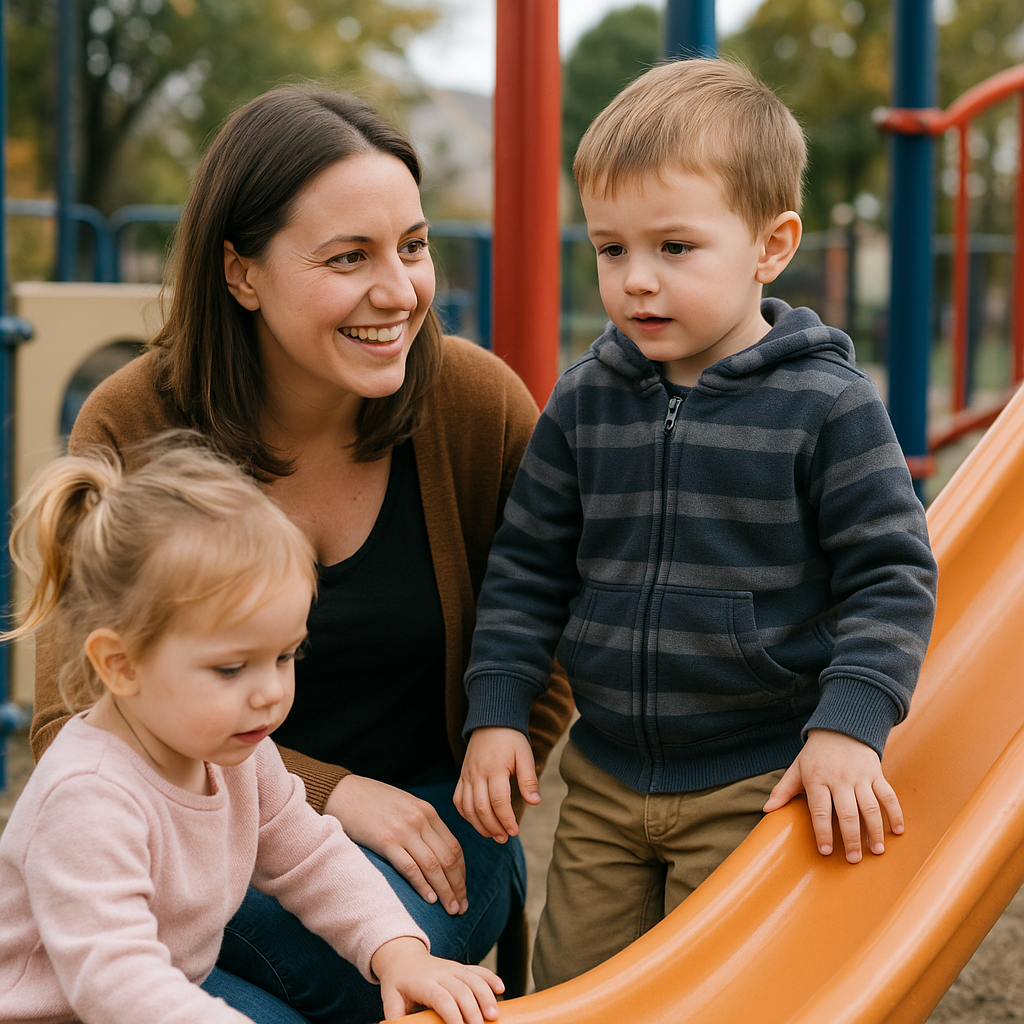Christchurch’s Te Oranga Residence to Reopen After Major Upgrade for At-Risk Youth
The move marks a significant milestone in the Government’s efforts to strengthen Oranga Tamariki’s care network, following years of underinvestment and operational challenges.

- Country:
- New Zealand
The Government has announced a major investment to upgrade and reopen Te Oranga Care and Protection Residence in Christchurch, restoring an essential facility for children and young people with high and complex needs. The redesigned residence will focus on therapeutic, trauma-informed care, ensuring vulnerable tamariki receive the support and stability they need to recover and thrive.
The move marks a significant milestone in the Government’s efforts to strengthen Oranga Tamariki’s care network, following years of underinvestment and operational challenges.
A Renewed Commitment to Children’s Care
Admissions to Te Oranga were paused in 2021 due to severe staffing shortages, deteriorating facilities, and management issues. The decision to now reopen the residence, following a full infrastructure and professional capability upgrade, reflects the Government’s renewed commitment to child wellbeing and safety.
Minister for Children Karen Chhour said the investment underscores the Government’s focus on rebuilding trust in the care system and ensuring that facilities meet modern standards.
“Today’s announcement reflects this Government’s commitment to improving the care experience for children and young people — and my commitment to fixing what matters,” Minister Chhour said. “Te Oranga was never closed due to a lack of need, but because it had been allowed to become rundown, and staff professionalism was not made a priority under the previous government.”
When the residence reopens late next year, it will offer up to 10 additional beds, expanding national capacity to care for children at risk.
Modern, Therapeutic, and Trauma-Informed
The upgraded Te Oranga facility will be purpose-built to provide a safe, therapeutic, and trauma-informed environment. It will cater to children and young people whose complex behavioural, emotional, or psychological needs require intensive, structured care beyond what community-based services can currently provide.
“This investment re-introduces much-needed capacity across the residential network,” Chhour said. “It ensures that children and young people who are at risk and experiencing challenges in the community are safely supported in the most appropriate environment.”
Central to the new model is a shift from containment to care and rehabilitation, with programmes designed around healing, education, and reintegration. Young residents will be supported to return to their families or to stable, long-term placements.
Lifting Professional Standards and Capability
Minister Chhour emphasised that the reopening of Te Oranga would not have been possible without significant internal reforms at Oranga Tamariki over the past 18 months.
“Improved professionalisation, greater training, and long overdue investment in facilities has allowed Te Oranga to safely resume housing young people,” she said.
The agency has been implementing a workforce uplift programme, including enhanced training for frontline staff in trauma-informed practice, cultural competency, and de-escalation techniques. These reforms aim to rebuild public confidence in the system and ensure consistent, high-quality care.
Rebuilding Capacity Across the Care Network
The reopening of Te Oranga comes amid a wider national strategy to expand residential care capacity, modernise ageing facilities, and create more tailored therapeutic spaces for young people.
Over recent years, rising demand and staffing pressures led to a shortfall in secure placements, forcing many young people into temporary or unsuitable care environments. The new Te Oranga residence is expected to ease that strain, particularly in the South Island, where options have been limited.
Once operational, the residence will also serve as a training hub for residential care staff, supporting the Government’s vision of a more skilled and sustainable workforce.
A Restored Vision for Child Wellbeing
Minister Chhour said Te Oranga’s reopening represents more than a physical rebuild — it symbolises a cultural and operational reset within New Zealand’s care and protection system.
“Once re-opened, Te Oranga will be a therapeutic environment for children with high and complex needs, centred around safety, wellbeing, and dignity,” she said. “It will provide the right kind of support that helps young people stabilise and eventually return home.”
The investment in Te Oranga aligns with broader government reforms aimed at improving outcomes for vulnerable youth, reducing reoffending, and providing earlier, more effective interventions.
By combining modern infrastructure, skilled staff, and evidence-based care, the upgraded facility is expected to set a new benchmark for child protection services in Aotearoa.










